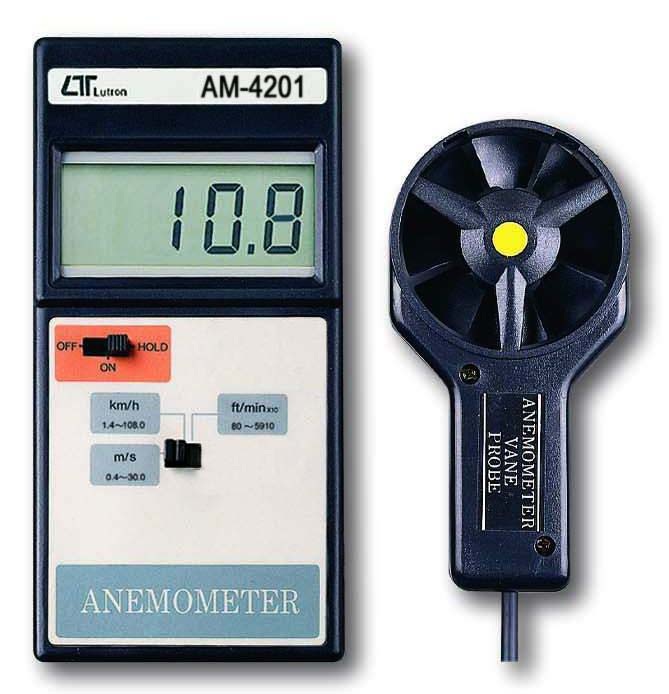Anemometers Revealed: Recognizing Their Value in Ecological Tracking and Precaution
The role of anemometers in ecological tracking and safety and security procedures is often taken too lightly, yet their importance is obvious. From weather forecasting to aeronautics safety and security, anemometers play a crucial function in providing accurate information that educates decision-making processes and boosts general safety.
History of Anemometers
The advancement of anemometers can be traced back to the old human beings where basic wind gauging devices were first used. One of the earliest recognized anemometers was the hemispherical cup anemometer created by Leon Battista Alberti in the 15th century.
Over the years, improvements in innovation led to the growth of more modern anemometers, consisting of ultrasonic anemometers and laser Doppler anemometers, using enhanced accuracy and effectiveness in determining wind rate and instructions. The history of anemometers showcases a remarkable journey of development and progression in the area of meteorology.
Sorts Of Anemometers
Throughout the field of meteorology, numerous kinds of anemometers have been created to properly measure wind rate and direction. Sonic anemometers make use of ultrasonic signals to measure wind rate and direction properly. Hot-wire anemometers run based on the concept that the cooling result of wind on a heated cable is symmetrical to the wind speed.
Applications in Meteorology
Having actually gone over the various kinds of anemometers used in weather forecasting for gauging wind speed and direction, it is vital to explore their functional applications in the field. Anemometers play a vital role in weather forecasting by offering precise and real-time information on wind conditions (anemometer). Meteorologists utilize anemometers to keep an eye on wind rate and direction to forecast weather condition patterns, issue cautions for serious weather events like tornadoes, typhoons, and storms, and analyze climatic problems for aviation safety and security
In meteorology, anemometers help in recognizing regional and neighborhood wind patterns, which are vital for anticipating climate adjustments and figuring out climatic trends. These devices are likewise utilized in research to research microclimates, metropolitan warmth islands, and air contamination diffusion. In addition, anemometers are utilized in farming to optimize plant management practices, such as watering and chemical application, based on wind problems.
Significance in Air Travel Safety
An important aspect of guaranteeing aeronautics security depends on the thorough surveillance of wind problems using anemometers. Anemometers play an essential duty in aviation by offering real-time information on wind speed and direction, helping pilots in making notified choices throughout trip, touchdown, and take-off. Strong and unforeseeable winds can significantly affect airplane procedures, making it vital for aviation authorities to rely upon precise wind dimensions to make certain the safety of guests and crew.

In the dynamic atmosphere of aeronautics, where also minor adjustments in site web wind speed and instructions can have extensive impacts, anemometers stand as vital devices for advertising safe and protected air traveling.
Duty in Environmental Research
Anemometers play a crucial function in environmental research by providing essential information on wind speed and direction. By precisely determining wind features, anemometers aid scientists analyze the activity of toxins in the air, assess the impact of industrial exhausts, and forecast the spread of pollutants in the atmosphere.


Final Thought
In conclusion, anemometers have played a crucial function in environmental monitoring and great site safety actions. With an abundant history and various types available, these devices have been commonly made use of in meteorology, aeronautics safety, and environmental study. Recognizing the significance of anemometers is vital for properly determining wind speed and instructions, which is essential for anticipating weather condition patterns, ensuring secure air travel operations, and conducting environmental researches - anemometer. Their contributions to these fields can not be ignored.
One of the earliest recognized anemometers was the hemispherical cup anemometer developed by Leon Battista Alberti in the 15th century. Over the years, advancements in innovation led to the development of more modern-day anemometers, consisting of ultrasonic anemometers and laser Doppler anemometers, using raised accuracy and effectiveness in determining wind speed and instructions. Hot-wire anemometers operate based on the concept that the cooling effect of wind on a heated cable is symmetrical to the wind Visit This Link speed. Meteorologists use anemometers to monitor wind speed and direction to forecast weather patterns, concern cautions for serious climate occasions like hurricanes, storms, and typhoons, and assess atmospheric problems for aviation safety.
Comprehending the relevance of anemometers is essential for accurately gauging wind rate and instructions, which is crucial for predicting weather patterns, ensuring secure aeronautics operations, and performing ecological studies. (anemometer)